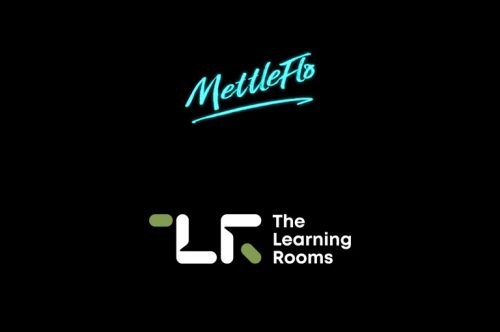Learning Management System (LMS) technology offers a modern solution to making a wide range of eLearning materials accessible to the workforce. In this blog, we’ll look at some of the the major benefits of eLearning.
Self-directed
One of the benefits of eLearning is that it can help eliminate disruption of staff. Employees can study the materials at their own pace and at a time that suits them. It makes learning possible for staff that may not otherwise have been able to fit training into their schedules.
Cost saving
eLearning allows organisations to spend less money and effort over time. Bringing in specialised instructors to deliver multiple face-to-face courses is expensive and requires a significant administration overhead. eLearning delivery is virtually free once you reach the break-even point of development cost. Facilitated courses will have continued costs associated with the facilitation. However, they still offer savings when compared to traditional courses. eLearning enables organisations to quickly communicate new policies, procedures and other training to staff. All staff can also receive the same training ensuring that the message is communicated consistently organisation wide.
eLearning is not only cheaper but also greener. Reductions on travel, physical facilities and paper based course materials all add to eLearning’s green credentials.
A centralised learning system in dispersed organisations
For geographically dispersed organisations, with staff working in different offices and locations, online learning offers the benefit of providing one central learning system that all staff can avail of. A centrally managed LMS allows training managers, HR and others to keep track of the course offerings and schedule and assign training for staff.
One of the most important features an LMS offers is the ability to track and monitor staff progress in real time with integrated monitoring and reporting tools. Automated and quick access to course statistics, attendance records, staff grades, and many other performance metrics is invaluable. Managers can also review staff scores and identify areas where need additional training may be required. The LMS can also be integrated with other systems such as HR systems for staff administration and single-sign-on for ease of use as well as other systems.
Opportunities for professional development
Another of the major benefits of eLearning is that it enhances employees’ ability to take charge of their own development. Today’s employees work not just for money, but also to continually learn and develop. Organisations that enable access to valuable eLearning subjects enjoy better loyalty from staff who have a greater sense of accomplishment at work.
Online courses
eLearning, or online courses can offer benefits over the traditional face-to-face course. Blended learning can offer the best of both training solutions.
eLearning technology enables collaboration among staff. Groups can work on problem-solving challenges both in real-time or catch up when they are free. They can also connect with each other and to subject matter experts through discussion forums, chat rooms, or email. it allows for a variety of delivery methods. Images, audio, video, animation and text work together satisfying multiple learning styles.
Creating interaction that engages the learner through actively working out and solving real world problems also builds better retention and allows the learner to apply the knowledge more easily back in the workplace.
With good design, user experience, and multimedia, online learning can prove to be a richer and more effective learning experience. Courses can build in immediate and more personalised feedback than face-to-face training. Responses given to learners can be tailored to address exactly how they answered a particular problem. And learners can be guided through each step of the learning building upon the previous step.
Online course materials are easy to keep up-to-date as they are simply updated and uploaded. This allows all staff to be working with the latest content and removes the costs associated with reprinting manuals and retraining instructors.
Through taking an eLearning course staff also develop their knowledge of the Internet and enhance their computer skills that will help them both in their lives and careers.
Learn more about the benefits of eLearning
Have you tried eLearning? Why not give us a call, and see what we can do for you!








